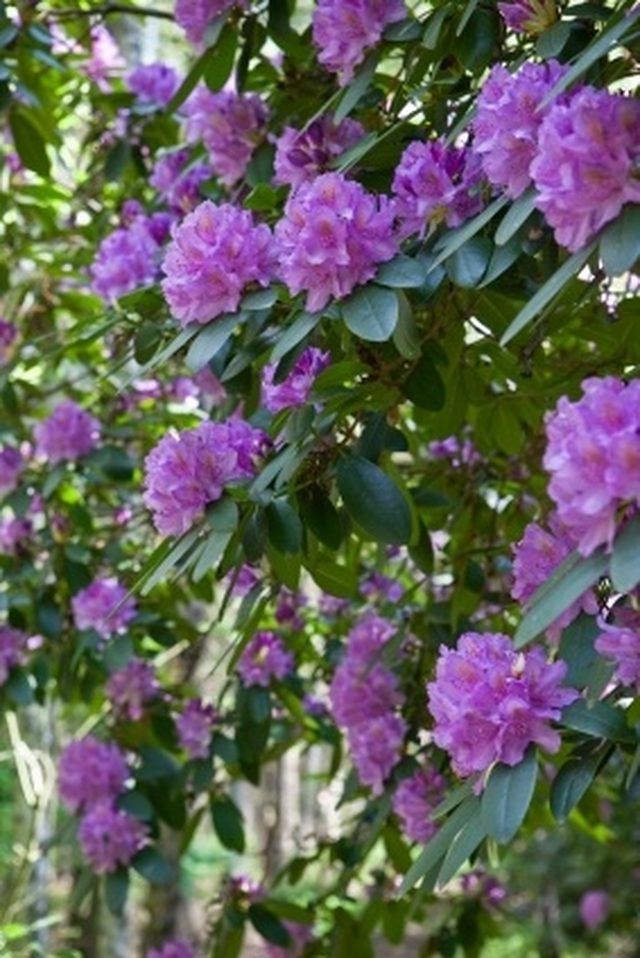Bulbs
Flower Basics
Flower Beds & Specialty Gardens
Flower Garden
Garden Furniture
Garden Gnomes
Garden Seeds
Garden Sheds
Garden Statues
Garden Tools & Supplies
Gardening Basics
Green & Organic
Groundcovers & Vines
Growing Annuals
Growing Basil
Growing Beans
Growing Berries
Growing Blueberries
Growing Cactus
Growing Corn
Growing Cotton
Growing Edibles
Growing Flowers
Growing Garlic
Growing Grapes
Growing Grass
Growing Herbs
Growing Jasmine
Growing Mint
Growing Mushrooms
Orchids
Growing Peanuts
Growing Perennials
Growing Plants
Growing Rosemary
Growing Roses
Growing Strawberries
Growing Sunflowers
Growing Thyme
Growing Tomatoes
Growing Tulips
Growing Vegetables
Herb Basics
Herb Garden
Indoor Growing
Landscaping Basics
Landscaping Patios
Landscaping Plants
Landscaping Shrubs
Landscaping Trees
Landscaping Walks & Pathways
Lawn Basics
Lawn Maintenance
Lawn Mowers
Lawn Ornaments
Lawn Planting
Lawn Tools
Outdoor Growing
Overall Landscape Planning
Pests, Weeds & Problems
Plant Basics
Rock Garden
Rose Garden
Shrubs
Soil
Specialty Gardens
Trees
Vegetable Garden
Yard Maintenance
Rhododendron Diseases
Rhododendron Diseases. A stressed rhododendron is susceptible to bacterial and fungal diseases. Preventing disease is easier than treating it, so choose, site and water your rhododendrons carefully. Select the rhododendron varieties that suit your climate. Rhododendrons need garden locations with good air circulation and water drainage. Evenly...

A stressed rhododendron is susceptible to bacterial and fungal diseases. Preventing disease is easier than treating it, so choose, site and water your rhododendrons carefully. Select the rhododendron varieties that suit your climate. Rhododendrons need garden locations with good air circulation and water drainage. Evenly moist soil supports rhododendron health, but avoid overhead watering that encourages fungi. If your rhododendron is not robust, it may succumb to one of several diseases.
Types
Fungal diseases in the soil or air can attack rhododendrons. Not all diseases are emergencies. Cosmetic problems that will not affect the basic health of the plant are leaf spot and rust. Leaf gall (Exobasidium vaccinii), petal blight (Ovulinia azaleae), powdery mildew, stem dieback (Phytophthora cactorum) and twig blight (Botryosphaeria dothidiae) are caused by fungi that the home gardener can eliminate. Honey fungus (Armillaria) and root rot (Phytophthora cinnamomi) usually kill rhododendrons and cannot be treated.
Identification of Cosmetic Diseases
Rhododendrons with leaf spot have purple or black spots. Rust is orange dust on the undersides of the leaves and, later, black spots on the tops of the leaves.
Identification of Serious Diseases
Red, pink or green swellings on the shoots, leaves or flowers are signs of leaf gall. With petal blight petals swell and turn gray. According to Kenneth Cox in "Rhododendrons: A Care Manual," "the destroyed petals, when dry, stick to the foliage and create white patches that turn to black fruiting bodies that will infect the following year's flowers."
Powdery mildew gives yellow or white circles or blotches on top of new leaves, with brown or grey spots on the underside of the leaves.
In stem dieback young leaves show brown spots in the centers, and the disease focuses on fresh growth and young stems. When it reaches mature leaves, they will fall off their stems.
Twig blight is the culprit when a branch dies suddenly after pruning or an accidental break, and the inside of the affected branch or stem is brown instead of green.
Identification of Fatal Diseases
The fatal honey fungus may bring general decline, leaves that yellow or drop, or growth that is unusually slow. Root rot is a dramatic wilting of the plant. The white roots turn brown, along with the plant layer just beneath the bark of the trunk base.
Treatment of Cosmetic Diseases
Leaf spot occurs when the plant is in a location with too much shade. Move the plant or prune overhead tree limbs to increase the amount of sun. Rust is not serious but can be sprayed with the same fungicide used for powdery mildew.
Treatment of Serious Diseases
For leaf gall, pick off the swellings and remove them from your garden. Do not put the swellings on your compost pile. With your clean-up efforts this bacteria usually goes away in one season. If you have petal blight, discard all affected blooms, be sure not to water the plant from overhead, and spray with a fungicide. For powdery mildew, remove affected leaves and spray with a fungicide. Stem dieback is in container plants, and fungicide sprayed on the upper and lower sides of the leaves can arrest this. To cure twig blight, cut back into the plant until you reach green stem growth, then sterilize your pruning shears before storing. Discard the diseased branches.
Causes of Fatal Diseases
Honey fungus grows underground in black strings called "bootlaces" from the roots of tree stumps. Root rot is caused by hot temperatures and poor drainage, and there is no cure.